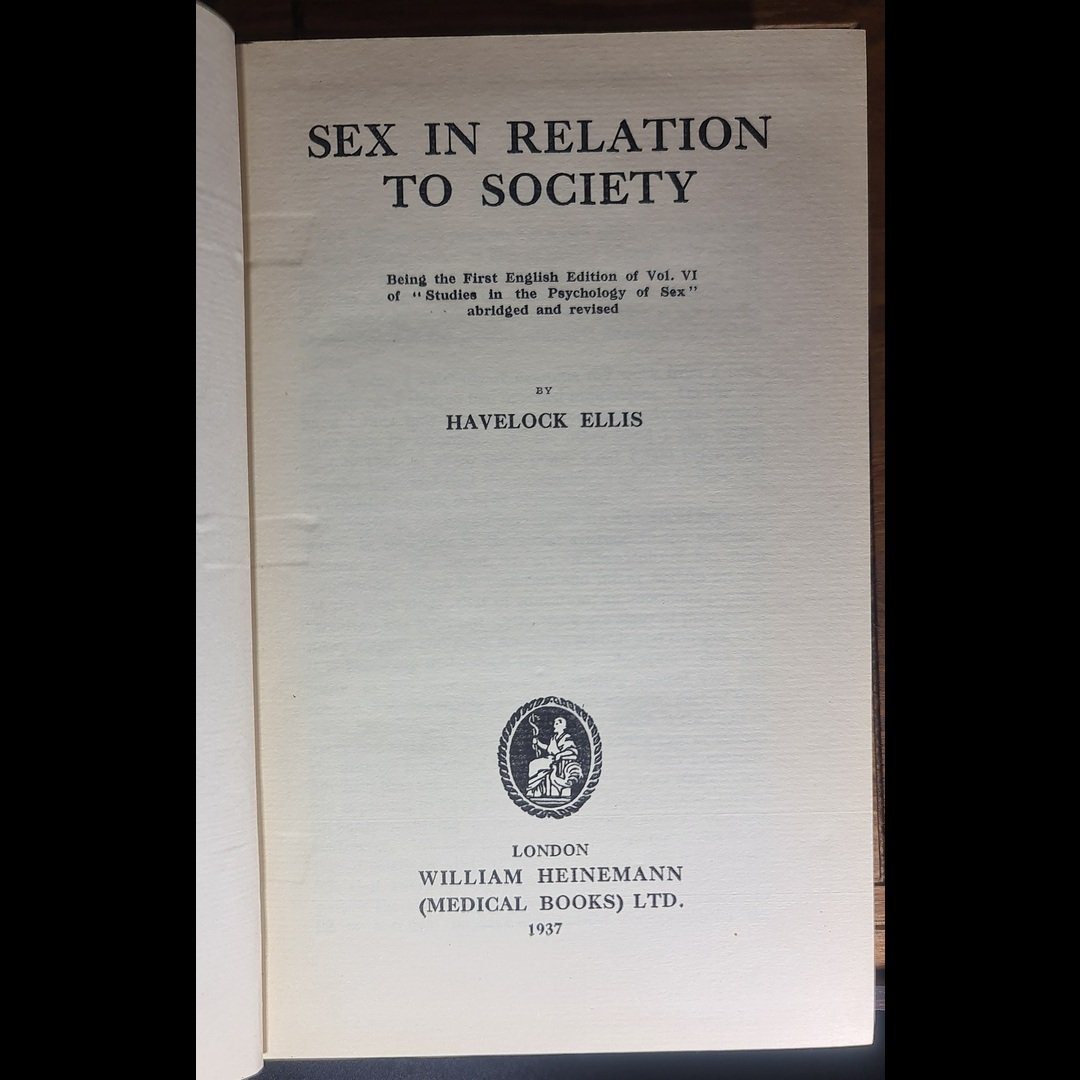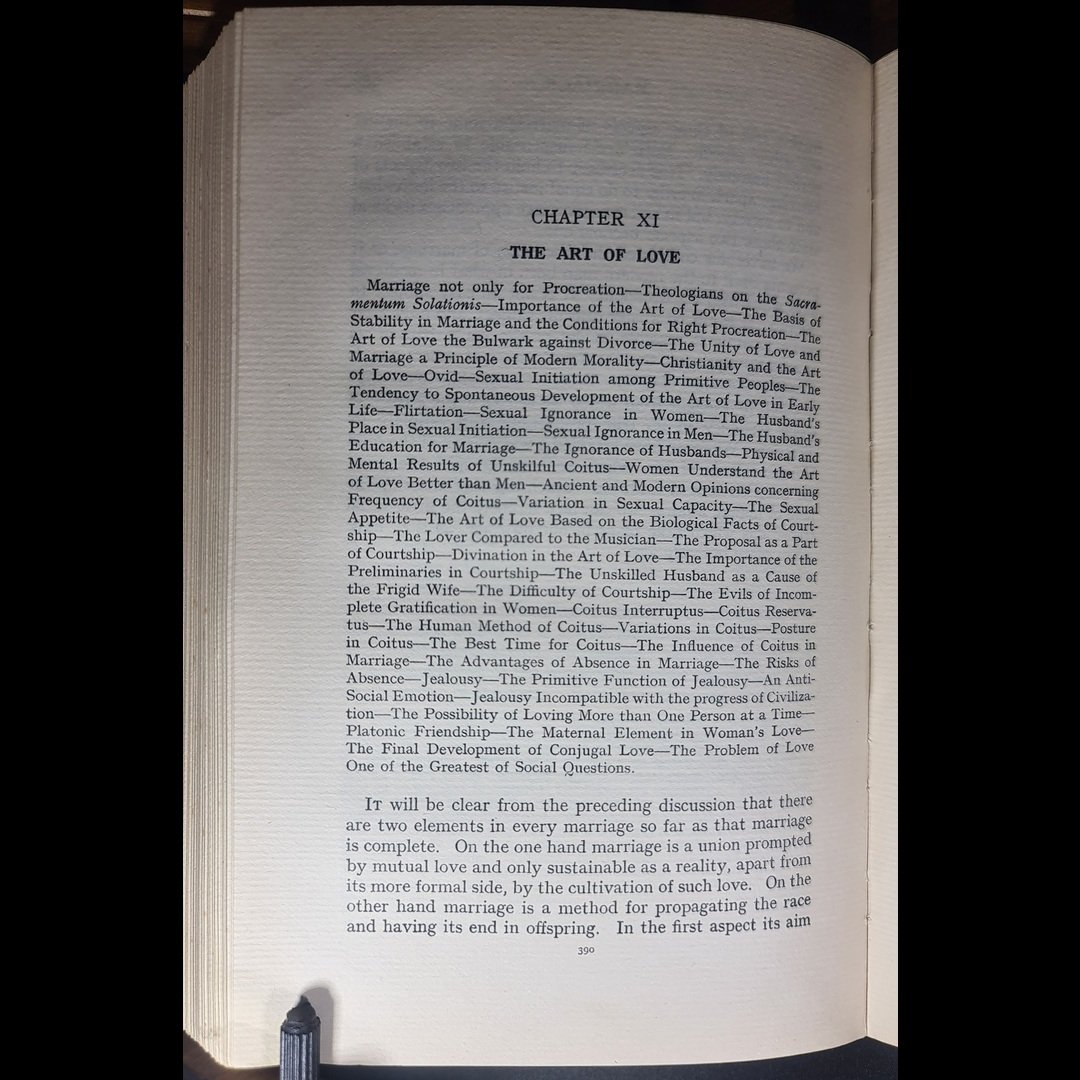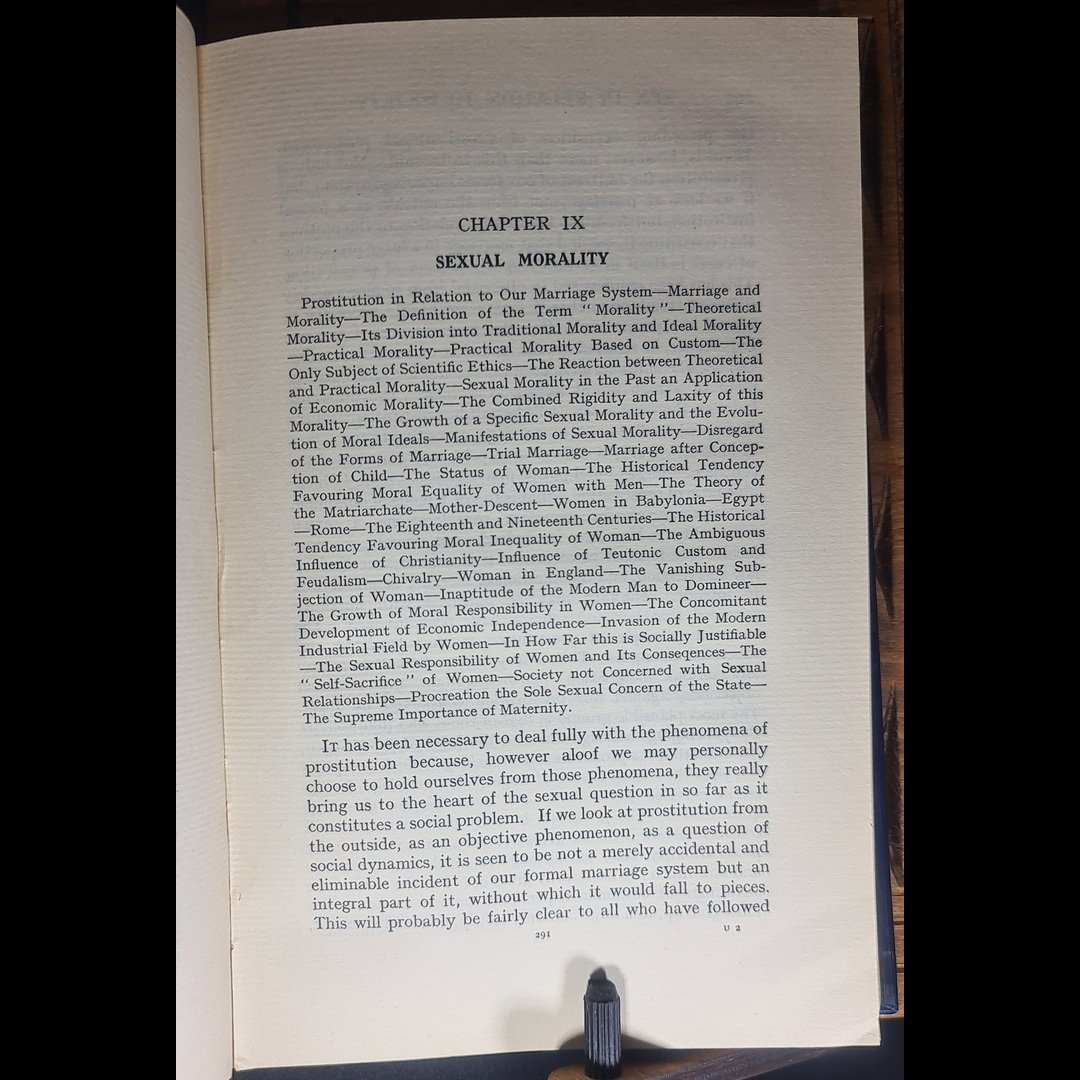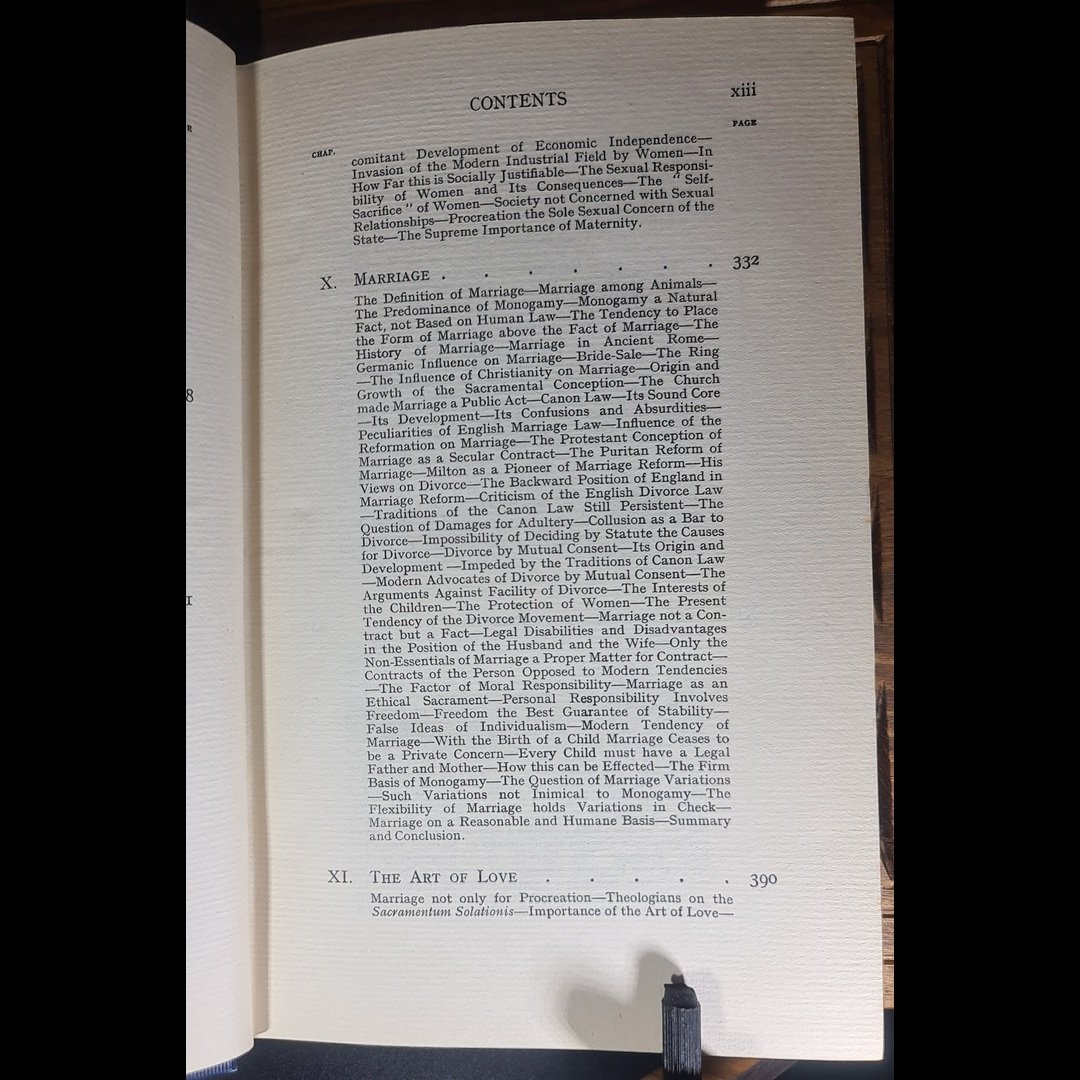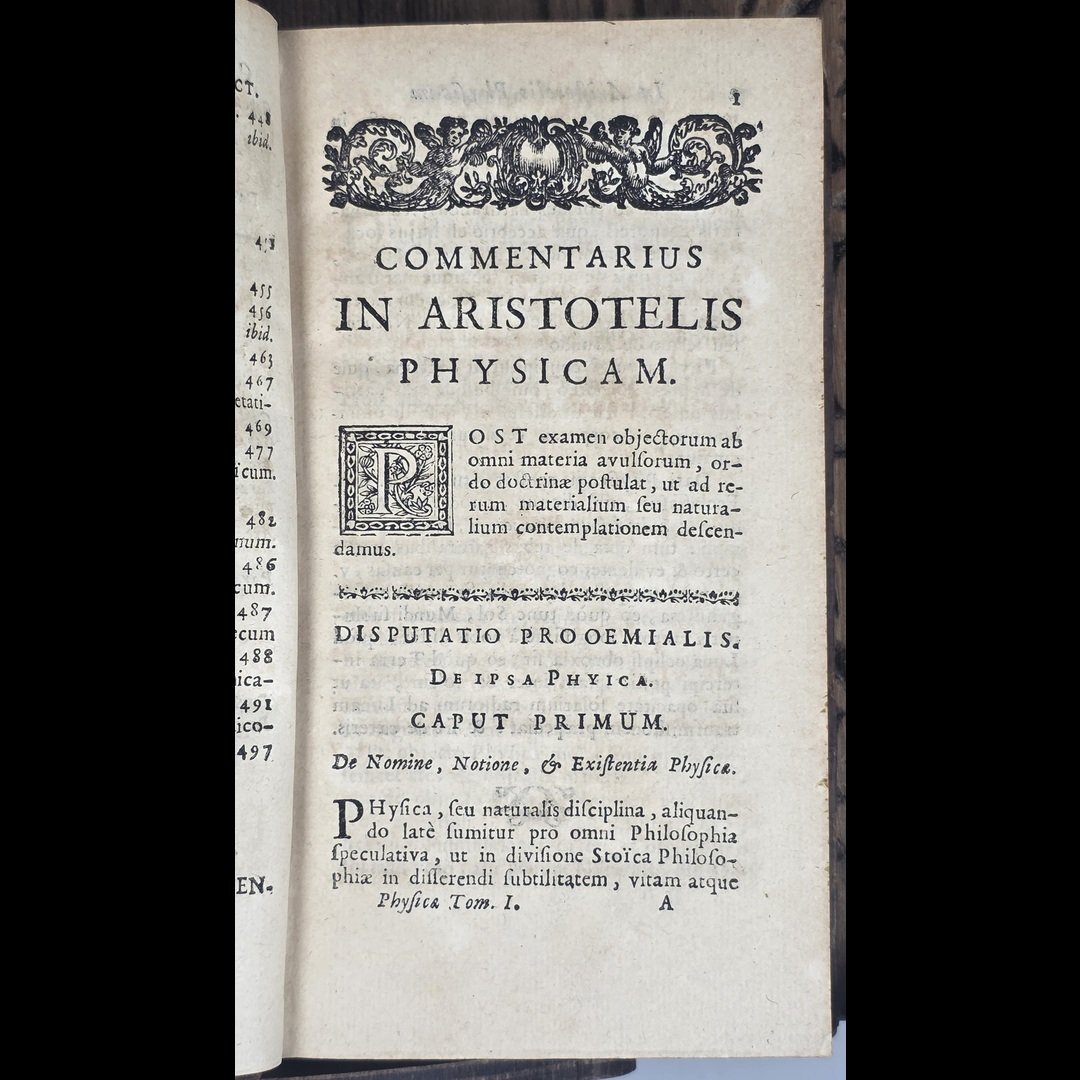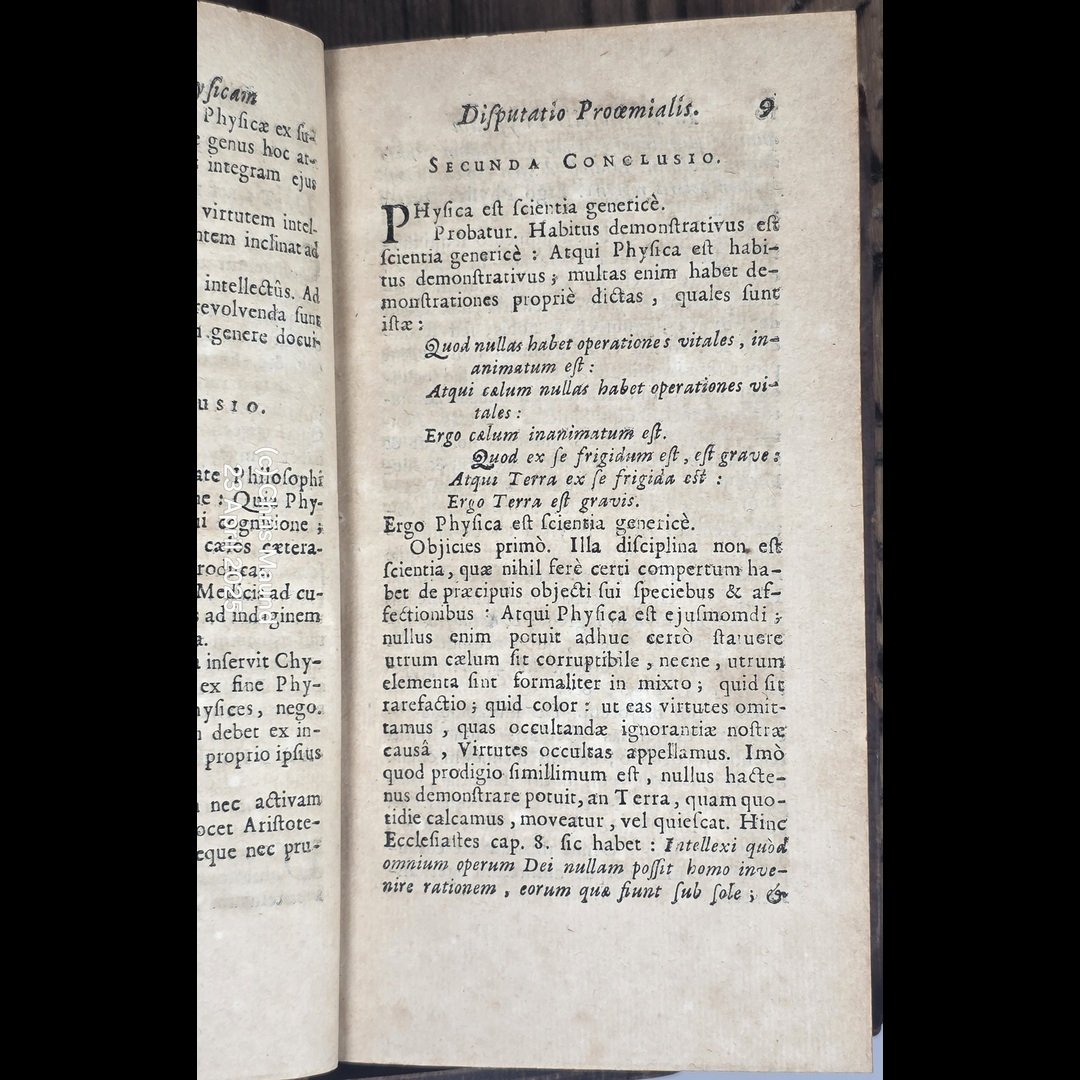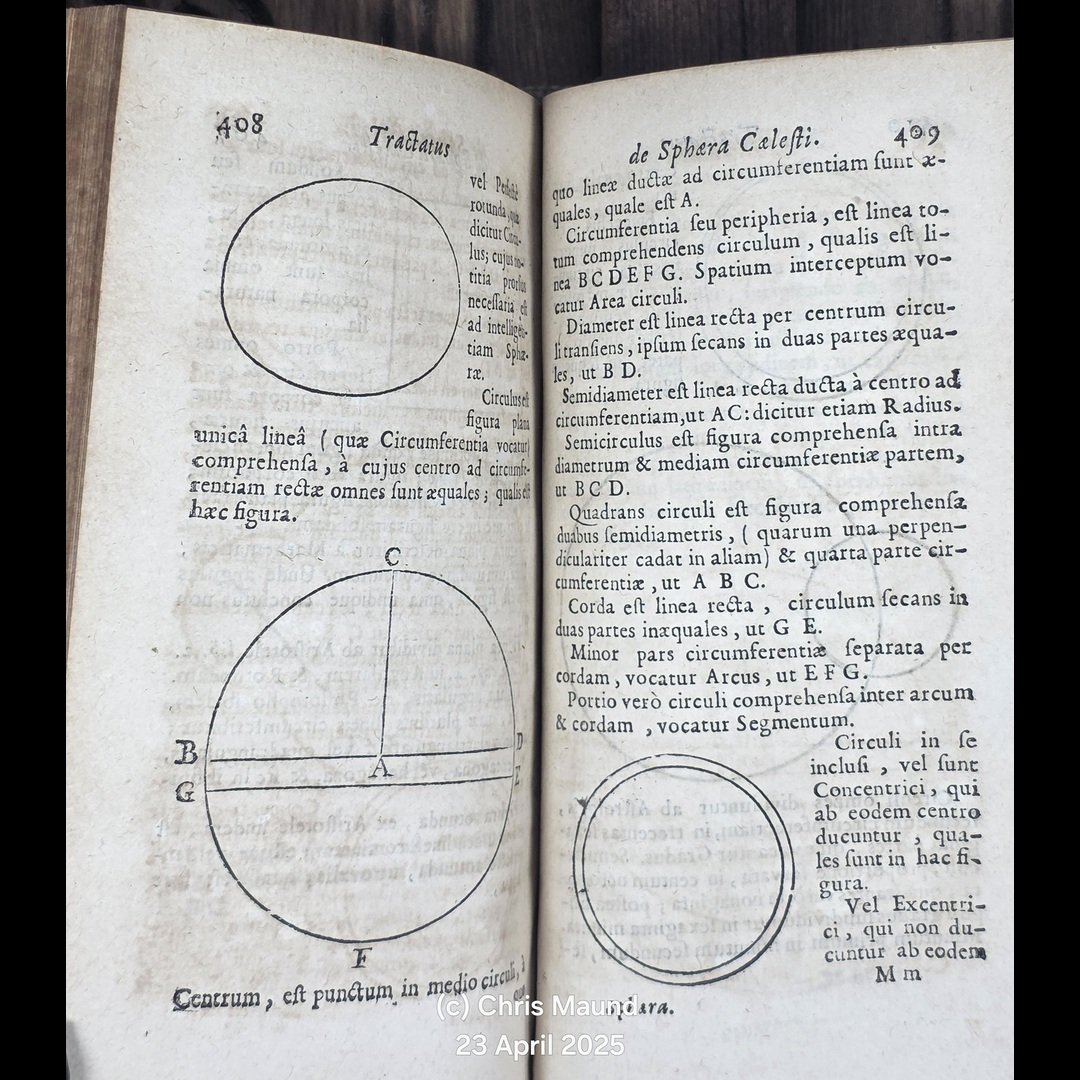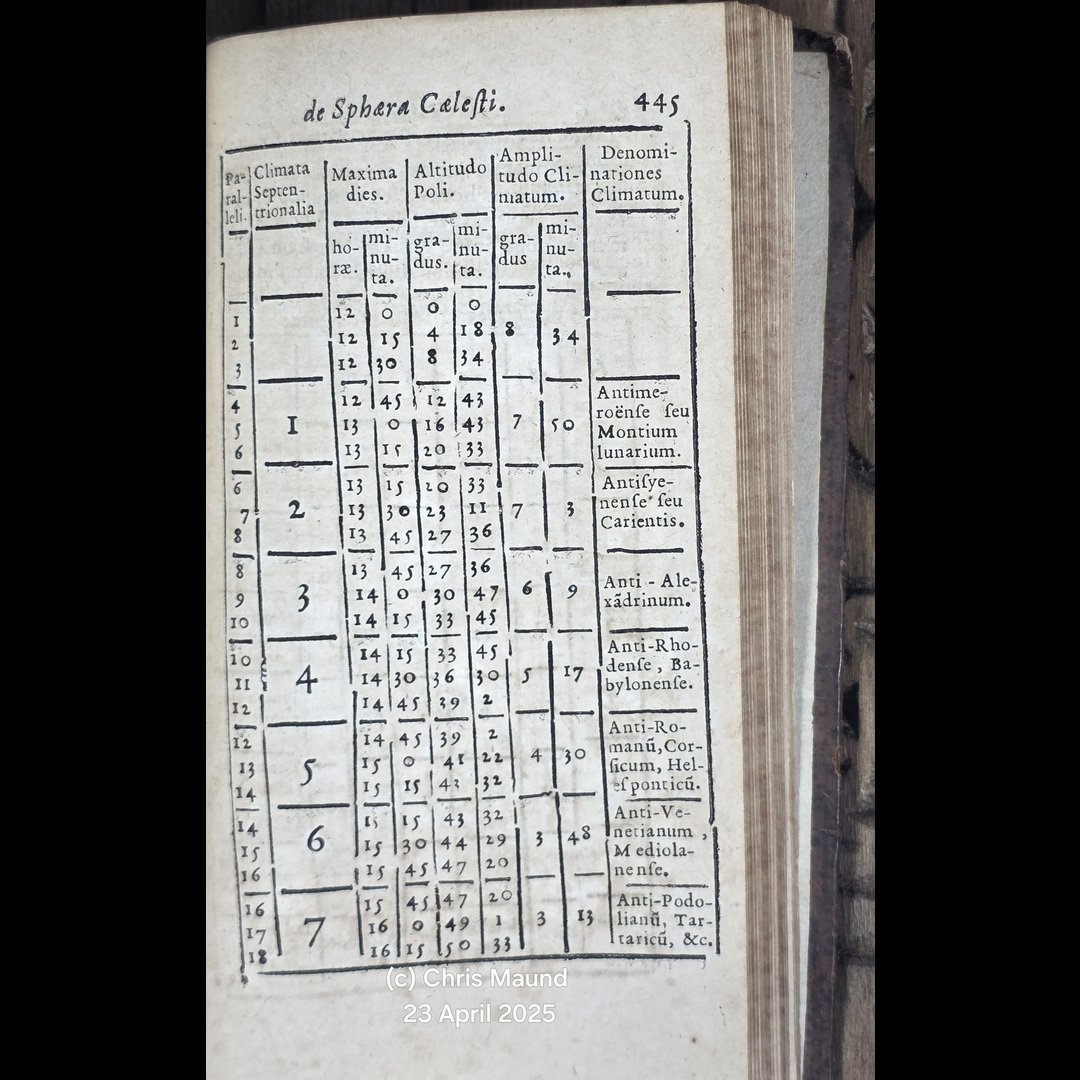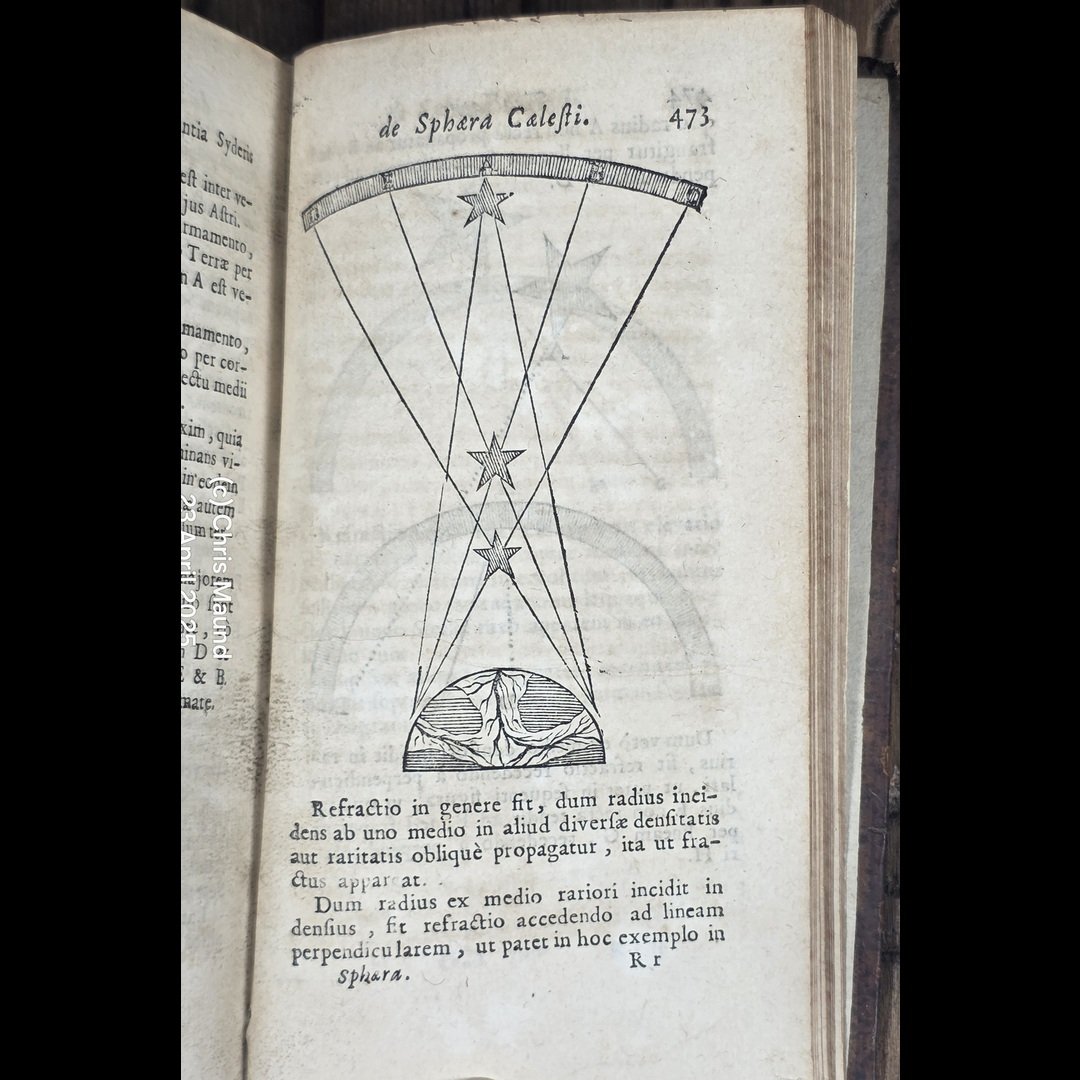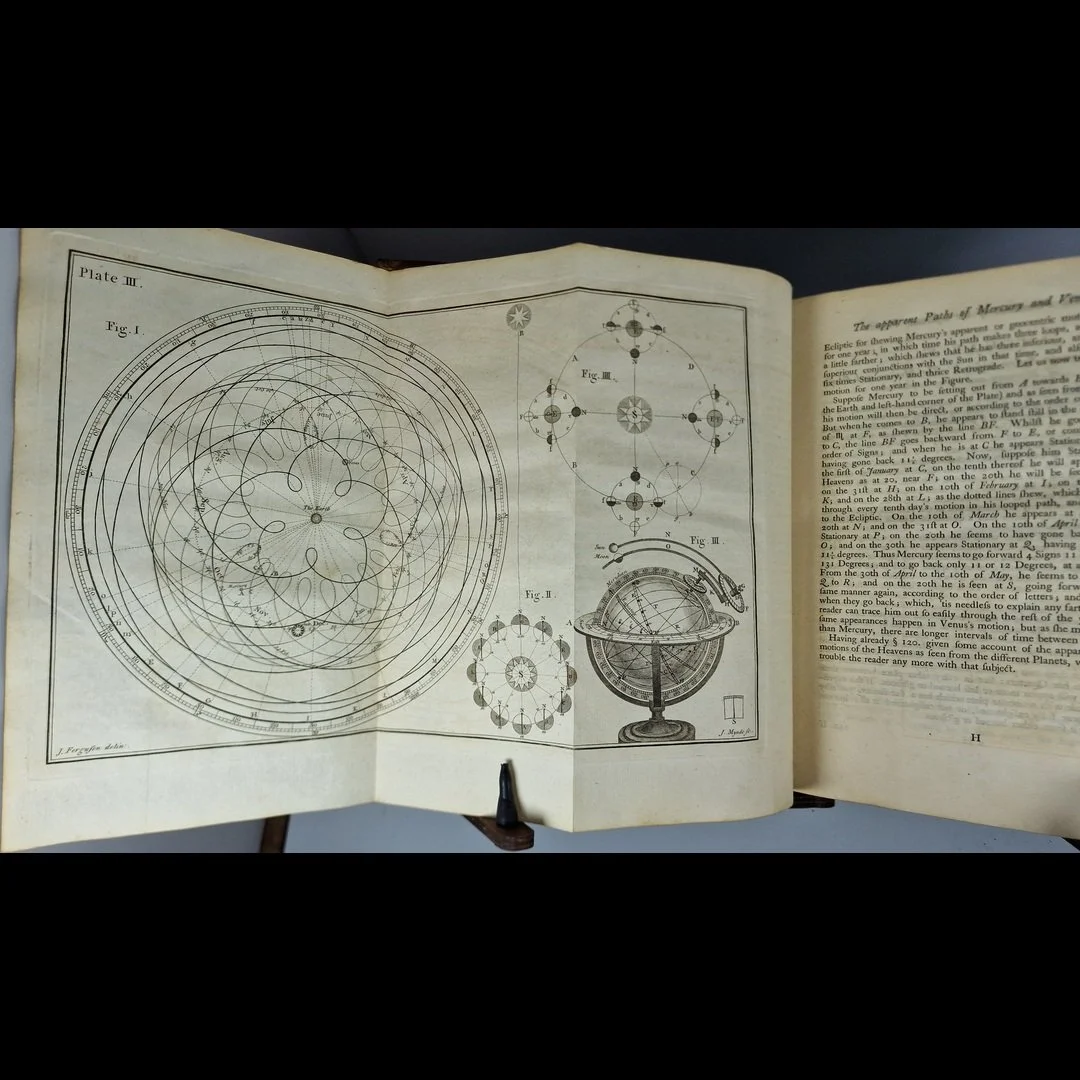 Image 1 of 30
Image 1 of 30

 Image 2 of 30
Image 2 of 30

 Image 3 of 30
Image 3 of 30

 Image 4 of 30
Image 4 of 30

 Image 5 of 30
Image 5 of 30

 Image 6 of 30
Image 6 of 30

 Image 7 of 30
Image 7 of 30

 Image 8 of 30
Image 8 of 30

 Image 9 of 30
Image 9 of 30

 Image 10 of 30
Image 10 of 30

 Image 11 of 30
Image 11 of 30

 Image 12 of 30
Image 12 of 30

 Image 13 of 30
Image 13 of 30

 Image 14 of 30
Image 14 of 30

 Image 15 of 30
Image 15 of 30

 Image 16 of 30
Image 16 of 30

 Image 17 of 30
Image 17 of 30

 Image 18 of 30
Image 18 of 30

 Image 19 of 30
Image 19 of 30

 Image 20 of 30
Image 20 of 30

 Image 21 of 30
Image 21 of 30

 Image 22 of 30
Image 22 of 30

 Image 23 of 30
Image 23 of 30

 Image 24 of 30
Image 24 of 30

 Image 25 of 30
Image 25 of 30

 Image 26 of 30
Image 26 of 30

 Image 27 of 30
Image 27 of 30

 Image 28 of 30
Image 28 of 30

 Image 29 of 30
Image 29 of 30

 Image 30 of 30
Image 30 of 30































1784 1st Edtn (Thus) DESCRIPTION DES EXPÉRIENCES DE LA MACHINE AÉROSTATIQUE DE MM. DE MONTGOLFIER By M. Faujas de Saint-Fond Very Good
1784 1st Edition (Thus) ,
DESCRIPTION DES EXPÉRIENCES DE LA MACHINE AÉROSTATIQUE DE MM. DE MONTGOLFIER
By M. Faujas de Saint-Fond
Barthélemy Faujas de Saint-Fond (17 May 1741 – 18 July 1819) was a French geologist, volcanologist and traveller. Faujas had a keen interest in the balloon experiments of the Montgolfier brothers, and published the very complete 2 volume work, Description des expériences de la machine aérostatique de MM. Montgolfier, &c. (1783, 1784).
Illustrated By:
Format: Hardcover,
Language: French
Dust Jacket: No Jacket, Dust Jacket Condition: No Jacket
Published By: Chez B. Le Franco, Paris
octavo (8vo 6 × 9 152 × 229),Pages 204
ISBN:
the first full-length account of the historic experiments with balloon flight conducted by the Montgolfier brothers in 1783, and “the first serious treatise on aerostation as a practical possibility” (PMM). The Montgolfier brothers, Joseph (1740-1810) and Étienne (1745-99), had been intrigued by the experiments of Cavendish and Priestly with ‘inflammable air’ (hydrogen). “After some unsatisfactory experiments with hydrogen gas (which dissipated too quickly from their trial models), the Montgolfiers discovered that air heated to 100 degrees Celsius became sufficiently rarefied to lift a balloon and did not diffuse. On 5 June 1783 the brothers released their first full-sized balloon, a paper and linen globe thirty-five feet in diameter, which rose 6,000 feet and travelled a horizontal distance of 7,668 feet from the starting point. On 19 September, before Louis XVI and the French court, they launched the first flight with living beings aboard (a sheep, a cock and a duck); and on 20 November the first manned flight took place. The invention of the hot-air ‘Montgolfière,’ as well as its obvious limitations, stimulated renewed research into the possibility of using hydrogen as a lifting agent. Development of the hydrogen balloon proceeded simultaneously with that of the hot-air model, and on 2 December the first passenger-carrying hydrogen balloon, designed and manned by the physicist Jacques Charles (1746-1823), ascended for a two-hour voyage. Charles’s work was financed through the efforts of Faujas de Saint-Fond, whose account of it appears in the second volume of his work” (Norman). Barthélemy Faujas de Saint-Fond was a successful lawyer and geologist, and one of the most ardent supporters of ballooning. He sponsored the first hydrogen balloon of the physicist J. A. C. Charles, who demonstrated balloon flight before the Montgolfiers, and invented the hydrogen balloon.
Bookplate of Lord Kings Norton of Wotton Underwood formerly Harold Roxbee Cox, Baron Kings Norton (6 June 1902 – 21 December 1997) was a British aeronautical engineer. He was notable for his contributions to British industry, particularly aeronautical engineering, and for his part in the establishment of Cranfield University. Cox was awarded a knighthood in the 1953 New Year Honours. When Cox was honoured with a life peerage on 22 June 1965, he took the title Baron Kings Norton, of Wotton Underwood in the County of Buckinghamshire and his chosen motto, "Precision and Tolerance", was highly appropriate.
SKU: BTETM0002384
Approximate Package Dimensions H: 12.5, L: 30, W: 25 (Units: cm), W: 2Kg
1784 1st Edition (Thus) ,
DESCRIPTION DES EXPÉRIENCES DE LA MACHINE AÉROSTATIQUE DE MM. DE MONTGOLFIER
By M. Faujas de Saint-Fond
Barthélemy Faujas de Saint-Fond (17 May 1741 – 18 July 1819) was a French geologist, volcanologist and traveller. Faujas had a keen interest in the balloon experiments of the Montgolfier brothers, and published the very complete 2 volume work, Description des expériences de la machine aérostatique de MM. Montgolfier, &c. (1783, 1784).
Illustrated By:
Format: Hardcover,
Language: French
Dust Jacket: No Jacket, Dust Jacket Condition: No Jacket
Published By: Chez B. Le Franco, Paris
octavo (8vo 6 × 9 152 × 229),Pages 204
ISBN:
the first full-length account of the historic experiments with balloon flight conducted by the Montgolfier brothers in 1783, and “the first serious treatise on aerostation as a practical possibility” (PMM). The Montgolfier brothers, Joseph (1740-1810) and Étienne (1745-99), had been intrigued by the experiments of Cavendish and Priestly with ‘inflammable air’ (hydrogen). “After some unsatisfactory experiments with hydrogen gas (which dissipated too quickly from their trial models), the Montgolfiers discovered that air heated to 100 degrees Celsius became sufficiently rarefied to lift a balloon and did not diffuse. On 5 June 1783 the brothers released their first full-sized balloon, a paper and linen globe thirty-five feet in diameter, which rose 6,000 feet and travelled a horizontal distance of 7,668 feet from the starting point. On 19 September, before Louis XVI and the French court, they launched the first flight with living beings aboard (a sheep, a cock and a duck); and on 20 November the first manned flight took place. The invention of the hot-air ‘Montgolfière,’ as well as its obvious limitations, stimulated renewed research into the possibility of using hydrogen as a lifting agent. Development of the hydrogen balloon proceeded simultaneously with that of the hot-air model, and on 2 December the first passenger-carrying hydrogen balloon, designed and manned by the physicist Jacques Charles (1746-1823), ascended for a two-hour voyage. Charles’s work was financed through the efforts of Faujas de Saint-Fond, whose account of it appears in the second volume of his work” (Norman). Barthélemy Faujas de Saint-Fond was a successful lawyer and geologist, and one of the most ardent supporters of ballooning. He sponsored the first hydrogen balloon of the physicist J. A. C. Charles, who demonstrated balloon flight before the Montgolfiers, and invented the hydrogen balloon.
Bookplate of Lord Kings Norton of Wotton Underwood formerly Harold Roxbee Cox, Baron Kings Norton (6 June 1902 – 21 December 1997) was a British aeronautical engineer. He was notable for his contributions to British industry, particularly aeronautical engineering, and for his part in the establishment of Cranfield University. Cox was awarded a knighthood in the 1953 New Year Honours. When Cox was honoured with a life peerage on 22 June 1965, he took the title Baron Kings Norton, of Wotton Underwood in the County of Buckinghamshire and his chosen motto, "Precision and Tolerance", was highly appropriate.
SKU: BTETM0002384
Approximate Package Dimensions H: 12.5, L: 30, W: 25 (Units: cm), W: 2Kg
Very Good - Hand-coloured frontispiece, 8 further engraved plates 2 of which are also hand-coloured, some marginal period annotations throughout, frontispiece & title page trimmed to the foot, later endpapers with an armorial bookplate to the front endpaper, contemporary gilt decorated full calf, boards & spine lightly marked & rubbed. Reissue of the first volume published by Cuchet in 1783, the typographical material used is different. Approval given by Sage, dated Paris, October 19, 1783; privilege of the King granted to Cuchet for 10 years, dated Fontainebleau, October 29, 1783 Please see photos as part of condition report

![1782 4th Edtn With Provenance TRAITE DES MALADIES VENERIENNES [TREATING VENEREAL DISEASES] By Pierre Fabre Good](https://images.squarespace-cdn.com/content/v1/634dab4938c13d5c1f88d382/1704584819923-8BRHTPCU8IHSUI0S3OUT/20240106_222350-18.jpg)
























